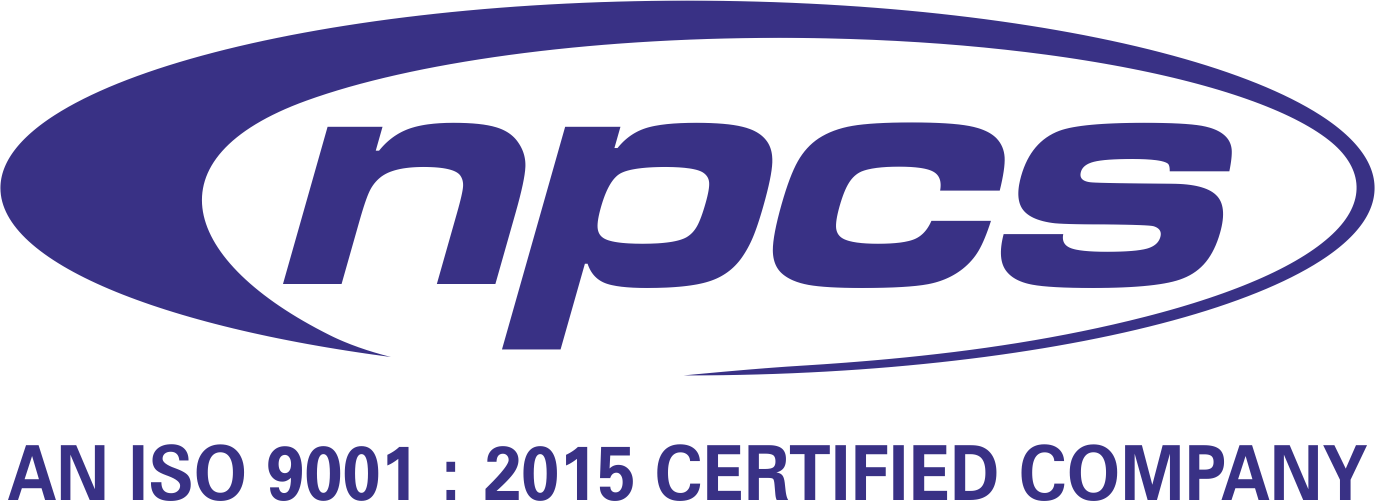Food colours, flavours and additives are substances that are used to enhance the appearance, taste, texture, and overall eating experience of food. They are commonly used in the food industry to improve shelf life, add colour and flavour, and increase safety. The book of Food Colours, Flavours and Additives Technology Handbook is particularly important in the technological world, as they can be used to create new products or improve existing ones. Food colours, flavours and additives can come from a variety of sources including plants, animals, and even synthetics.
The most common type of food colouring is a synthetic form of FD&C dyes.
Typically, manufacturers make these dyes from petroleum or coal tar, and they have used them for decades to give food a specific colour. Some natural food colourings include annatto, turmeric, saffron, and other natural food extracts. Producers add flavours to food to provide it with a distinct taste.
Natural flavours often come from essential oils that plants or other ingredients produce. However, laboratories create artificial flavours using chemicals, and they cost much less than natural flavours. Food manufacturers add food additives to enhance shelf life or preserve freshness.
An Overview on Food Colours, Flavours and Additives Technology
Food colours are additives that can be natural or artificial. Natural food colours come from fruits, vegetables, plants, and minerals. Manufacturers make artificial food colours from coal tar dyes or petroleum byproducts. Food flavours are another type of additive that can be natural or artificial. Natural flavours come from herbs, spices, and fruits, while chemists create artificial flavours from chemicals designed to replicate natural flavours. Finally, food processors use additives as substances added directly or indirectly to foods for preservation, processing, or to improve their flavour.
These substances may include nutrients like vitamins and mineral salts; biological controls such as yeasts; preservatives such as sulfur dioxide; antioxidants; emulsifiers; acidulants; anticaking agents and thickeners like guar gum; carrier solvents such as propylene glycol alginate, a thickener derived from seaweed. Carriers also function as stabilizers, preventing oils from separating out and appearing on top of a product. – Substances that help other substances mix together smoothly -include carrier solvents such as propylene glycol alginate, a thickener derived from seaweed. Carriers also function as stabilizers, preventing oils from separating out and appearing on top of a product.
Global Market Outlook of Food Colours, Flavours
The beverage segment is anticipated to be the largest in the food flavors market. Due to rising discretionary budgets among consumers, various synthetic flavors, including chocolate fruit and floral flavors, are growing in popularity in developing economies in Asia Pacific and the Middle East. The dairy, confectionery, and bread sectors are anticipated to increase significantly. The global market for food colours, flavours, and additives has been growing steadily over recent years.
The food colors market is expected to reach a valuation of US$ 2.6 Bn, accelerating at a CAGR of 7.3%. Bakery, cereal, and snacks account for 18% of sales by volume in the food colors market. The global food colors market grows due to the rising demand for innovative and unique-looking food dishes, as well as changing taste and food appeal preferences driven by social media popularity worldwide.
Consumers’ increasing awareness of clean-label food products and the additional health benefits of certain natural food colors will drive the food colors market.
The use of food additives has increased in recent years. This is because consumers are increasingly looking for foods that are healthier and more convenient. Food additives can help to improve the nutritional value of food and make it more appetizing. High demand for new flavors from the food & beverages industry and continuous innovation drive the growth of the market. In addition, increase in requirement from the fast food industry is expected to provide growth opportunities in the food flavors market.
Conclusion
The food color industry has been booming for a while now as people are more conscious about what they put into their bodies. With so many flavors to choose from for different dishes, it’s just not enough anymore to make food taste good – it also has to look good. That’s where food color comes in. Not only does it make your food look more appetizing, but it also makes your cooking more fun! The book covers a wide range of topics connected to Food Colours, Flavours and Additives, as well as their manufacturing processes.
It also includes contact information for machinery suppliers, as well as images of equipment and plant layout. A comprehensive reference to manufacturing and entrepreneurship in the Food Colours, Flavours and Additives products business. Food Colours, Flavours and Additives Technology Handbook is a one-stop shop for everything you need to know about the Food Colours, Flavours and Additives products manufacturing industry, which is ripe with potential for manufacturers, merchants, and entrepreneurs. This is the only comprehensive guide to commercial Food Colours, Flavours and Additives products manufacture. It provides a feast of how-to knowledge, from concept through equipment purchase.
Also Read: 5 Reasons Why Market Research is Vital for Start-ups
NPCS (Niir Project Consultancy Services)
Businessmen and entrepreneurs might benefit from obtaining detailed reports from NPCS (Niir Project Consultancy Services), and they soon recognize this through resource sales. Following are few justifications for purchasing NPCS report:
Detailed Market Analysis
NPCS reports include market research reports to understand market size, growth rates, and demand and supply volumes of the particular special area, as well as the analysis of key players.
Feasibility Studies
Derived feasibility studies or reports on how doable are those projects enable potential investors to ascertain if they have an opportunity/exist together with the returns and risks involved.
Industry Trends and Forecasts
NPCS Reports enables the stakeholders to recognize some emerging trends along with potential upcoming forecasts, which can facilitate an organization in their strategic decision-making.
Technological Insights
File reports under technological insights to show how new technologies impact a specific sector.
Regulatory Framework
Understanding the regulatory background of an industry or market will be a key variable for business planning. The NPCS reports, provide all the details relating to formulating regulations and possible modifications.
Competitive Landscape
NPCS reports further describes the competitive landscape within an industry which includes top comprehensive company profiling of leading players and analysis of each player such as a company overview, revenue shares, market forecast.
SWOT Analysis
These reports include SWOT (Strengths, Weaknesses, Opportunities and Threats) analysis relative to the sector to make clear for investors how those factors will help in gaining or losing more from this sector.
Investment Guidance
NPCS reports are perfect reason for the entrepreneurs wishing to know more about facets of the industry and for fresh assays, buyers and other interested parties in it.
Business Planning
Having a business plan in place is a must for establishing or advancing an existing venture. RPCS market research reports cover forecasts, sales, strategies, and market share to help you understand your business.
Tailored Information
Furthermore, it allows for specific requirements related to business with the guarantee that most renewal information is relevant and useful.
In conclusion, NPCS report is really valuable for identifying a sector, decision-making and launching any product into the market or investment strategy





